This article explores the growing trend of agrivoltaics, where solar panel farms and livestock farming are combined. The practice offers potential benefits for both farmers and renewable energy companies.
The concept has existed since the 1980s, but it’s really picked up steam in recent years as higher institutions such as Cornell University and the University of Massachusetts Amherst conduct research. Just this year, the department launched the Large Animal and Solar System Operations Prize valued at $8 million. It gives academic institutions, tribes, and nonprofit organizations the chance to develop and research the partnership created between solar panel farms and livestock farmers.
The push for agrivoltaics comes as the Energy Department seeks to decarbonize the electricity grid by 2050. With that goal comes the need to build more solar panels, and to do so, developers would need to build ground-based solar stretching across 0.5% of the land in the United States. The Energy Department and solar power companies are especially interested in building on farmlands because the conditions necessary for crops to grow — low winds, moderate temperatures, plenty of solar radiation, and low humidity — are the same conditions that yield the highest solar power production. Farmers, meanwhile, are expected to see their net farm income this year 40% down from 2022.
“Farm finances will almost certainly weaken in 2024 and 2025, based on high credit costs, rising land costs and falling commodity prices,” American Farm Bureau Foundation economist Samantha AyoubFarmers can enter an agreement with solar power companies to lease their farmland to help manage volatile crop and meat prices.
Solar grazing is the most popular arrangement in agrivoltaics, accounting for 200 grazing sites across 50,000 acres of land, Jordan Macknick, head energy-water-land analyst for the National Renewable Energy Laboratory,When solar power companies are leasing land from farmers raising sheep, they can just rely on the animals to maintain the vegetation. There is no need to use emission-producing mowers or toxic herbicides. .
Renewable Energy Agriculture Solar Power Agrivoltaics Livestock Farming
United States Latest News, United States Headlines
Similar News:You can also read news stories similar to this one that we have collected from other news sources.
 Agrivoltaics: Balancing Solar Energy Production with BiodiversityThis article explores the emerging field of agrivoltaics, which combines solar energy production with agricultural practices. While agrivoltaic systems offer potential benefits for both clean energy generation and biodiversity conservation, they also present challenges that need to be carefully considered.
Agrivoltaics: Balancing Solar Energy Production with BiodiversityThis article explores the emerging field of agrivoltaics, which combines solar energy production with agricultural practices. While agrivoltaic systems offer potential benefits for both clean energy generation and biodiversity conservation, they also present challenges that need to be carefully considered.
Read more »
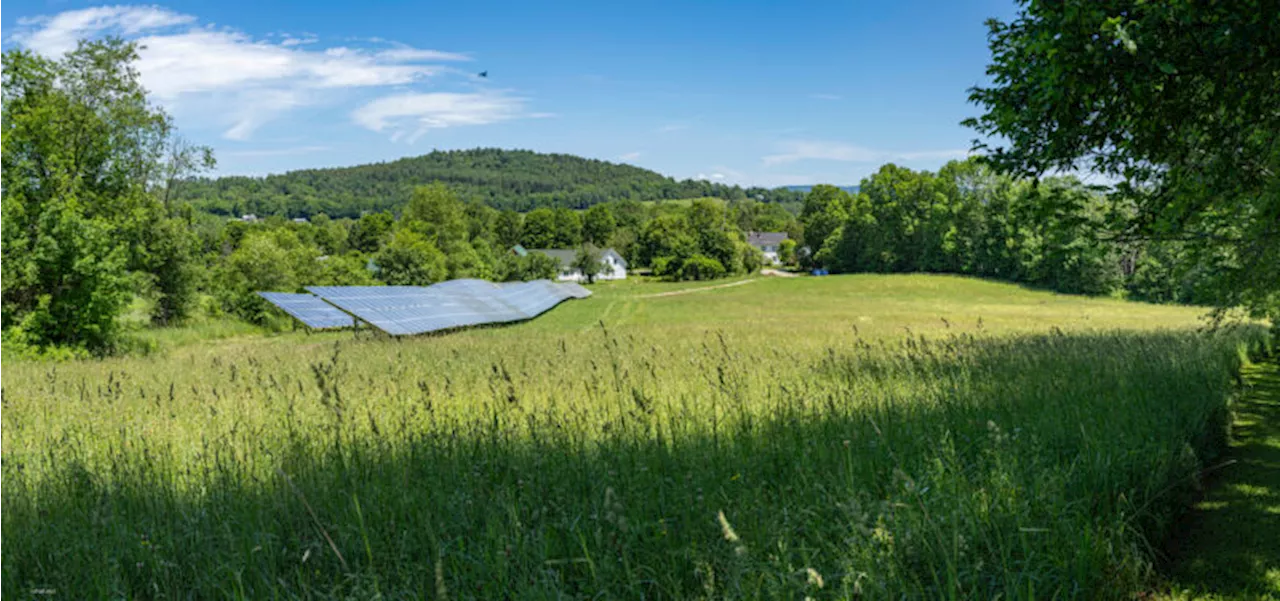 A 15 MW Microgrid In California, Community Solar In Alaska — The Solar Power Revolution ContinuesSolar power in the US is growing by leaps and bounds, and microgrid and community solar projects are part of the reason why.
A 15 MW Microgrid In California, Community Solar In Alaska — The Solar Power Revolution ContinuesSolar power in the US is growing by leaps and bounds, and microgrid and community solar projects are part of the reason why.
Read more »
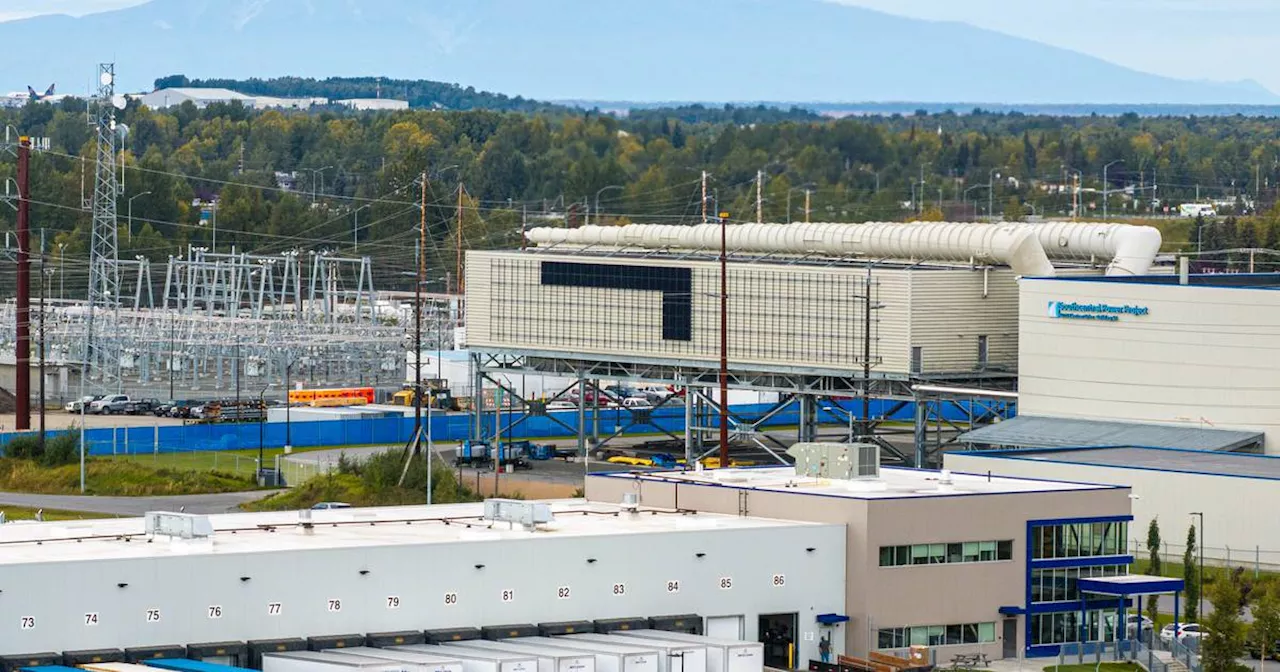 Chugach Electric to install solar panels on power plants and prepares for community solar farmSuch small renewable projects are good, a renewable energy advocate said, but larger ones are needed to offset a looming shortage of natural gas from Cook Inlet.
Chugach Electric to install solar panels on power plants and prepares for community solar farmSuch small renewable projects are good, a renewable energy advocate said, but larger ones are needed to offset a looming shortage of natural gas from Cook Inlet.
Read more »
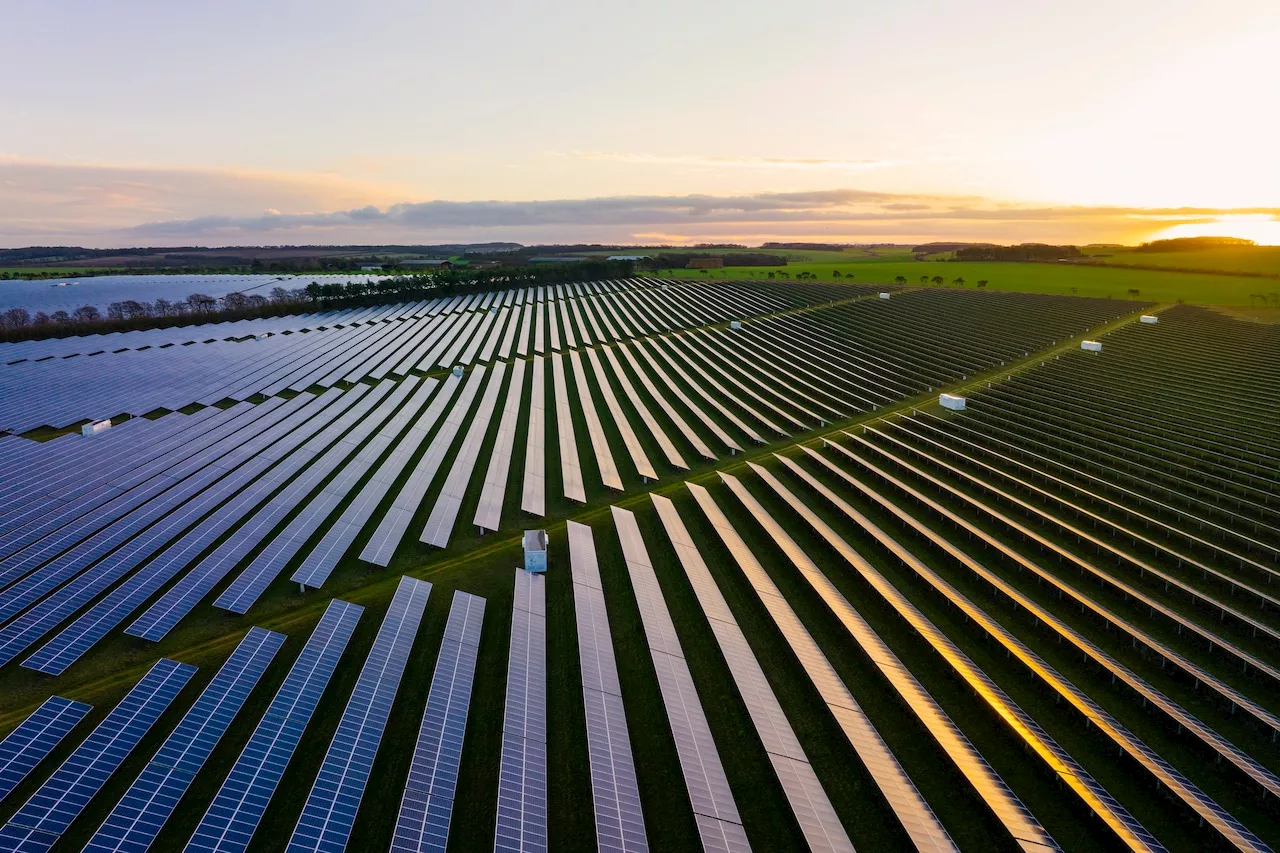 Alabama Power cuts payments to third-party energy producers: Will it stamp out solar power?The Alabama Public Service Commission said in a statement that the rate adjustments are appropriate based on the figures that Alabama Power provided.
Alabama Power cuts payments to third-party energy producers: Will it stamp out solar power?The Alabama Public Service Commission said in a statement that the rate adjustments are appropriate based on the figures that Alabama Power provided.
Read more »
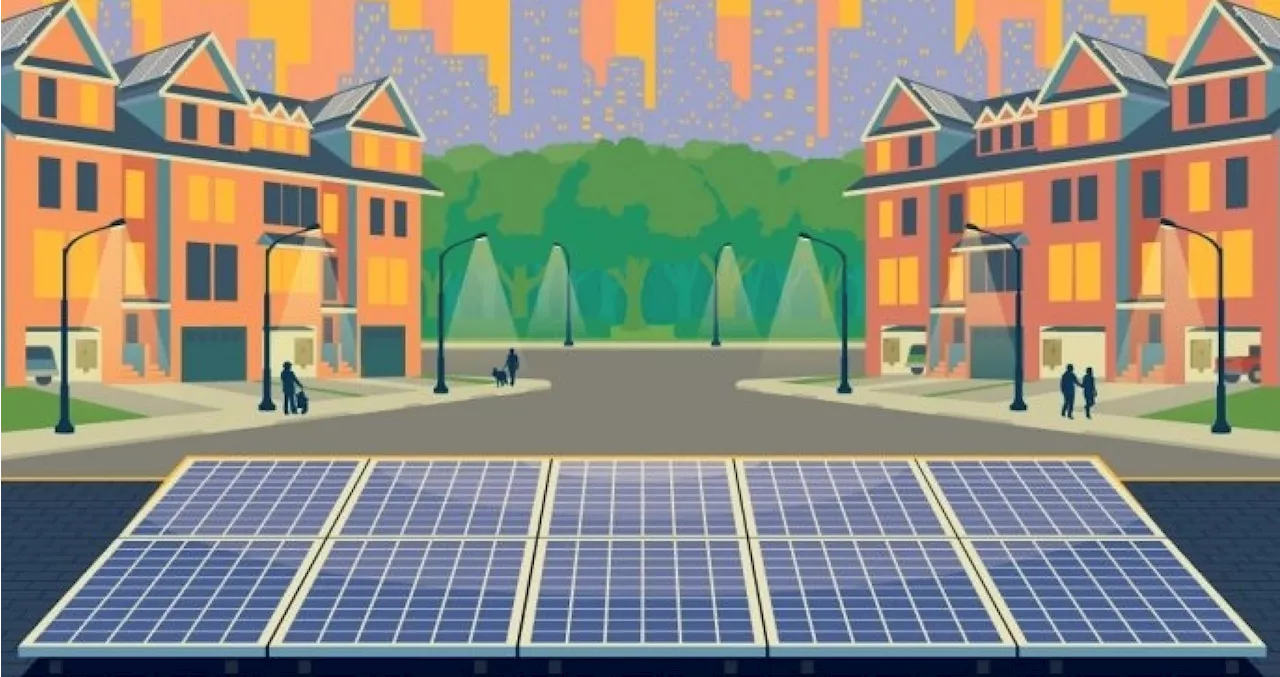 Virtual Power Plants: Harnessing The Collective Power Of Rooftop Solar To Weather StormsAs hurricanes like Francine leave a trail of destruction across the Gulf Coast, virtual power plants are emerging as a resilient solution. By leveraging rooftop solar panels and home energy storage, individuals can power through outages and collectively support the grid during peak demand.
Virtual Power Plants: Harnessing The Collective Power Of Rooftop Solar To Weather StormsAs hurricanes like Francine leave a trail of destruction across the Gulf Coast, virtual power plants are emerging as a resilient solution. By leveraging rooftop solar panels and home energy storage, individuals can power through outages and collectively support the grid during peak demand.
Read more »
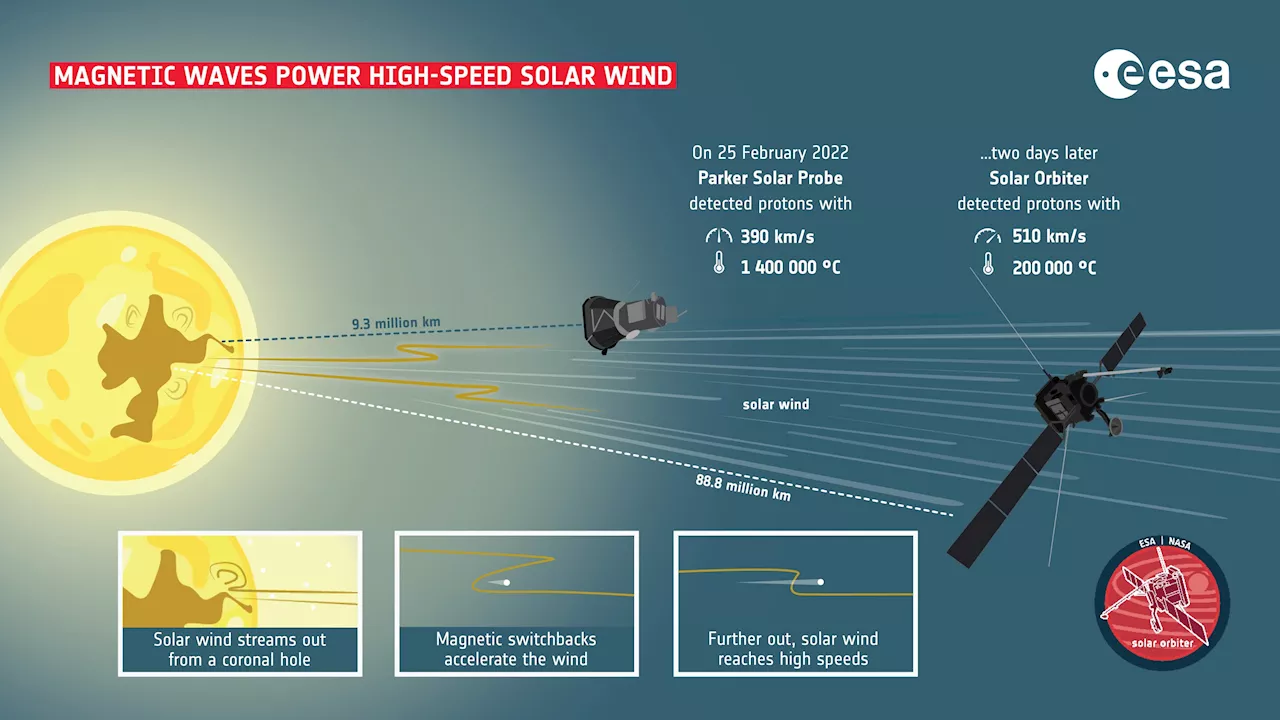 Solar Orbiter shows how solar wind gets a magnetic pushESA's Solar Orbiter spacecraft has provided crucial data to answer the decades-long question of where the energy comes from to heat and accelerate the solar wind. Working in tandem with NASA's Parker Solar Probe, Solar Orbiter reveals that the energy needed to help power this outflow is coming from large fluctuations in the sun's magnetic field.
Solar Orbiter shows how solar wind gets a magnetic pushESA's Solar Orbiter spacecraft has provided crucial data to answer the decades-long question of where the energy comes from to heat and accelerate the solar wind. Working in tandem with NASA's Parker Solar Probe, Solar Orbiter reveals that the energy needed to help power this outflow is coming from large fluctuations in the sun's magnetic field.
Read more »
